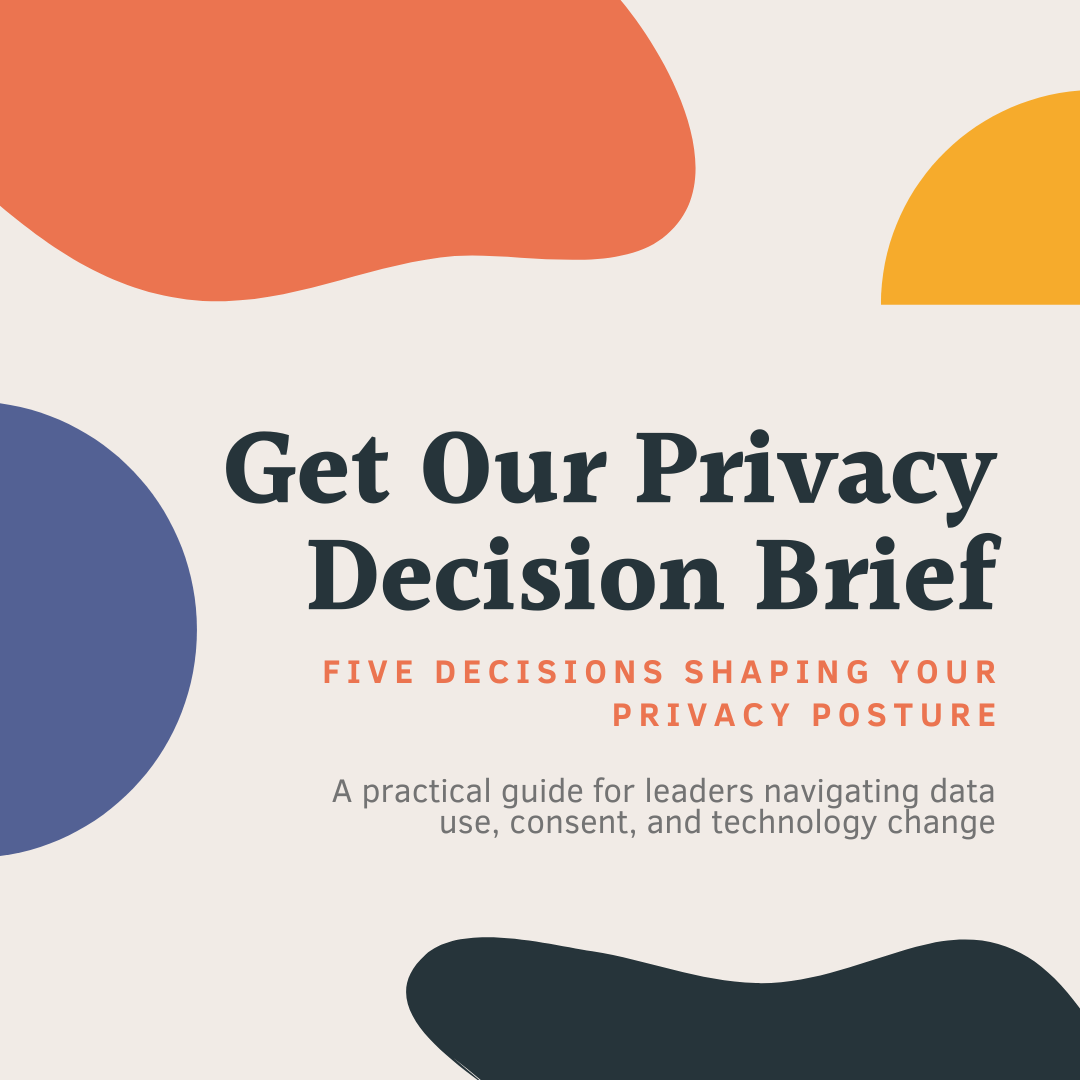Preference Management vs. Consent Management: What's the Difference?
Jun 09, 2023I'm often asked about preference management and consent management -- which are two different things, despite the fact that they're often referenced as being one in the same. Navigating the definitions of these terms isn't easy, and neither is determining how to address them.
What Is Consent Management?
Consent management is the process of obtaining, managing, and documenting user consent for the collection, processing, and sharing of their personal data.
It involves these key parts:
- Informing users about your data collection practices by way of your cookie opt-in banners, Opt Out of Sale of Personal Information forms, and privacy policy. My online course will walk you through how to establish each piece of this process.
- Obtaining your audience's explicit, informed consent to collect and use their information.
- Adhering to privacy regulations when you process their personal data (see link above for my course on this point as well).
Consent management also includes logging and tracking consent collection. How you do this is important, because: 1) that log will protect you in the case that anyone asks for proof of your consent processes and 2) having that data tracked will ensure you don't have to start from the ground up when you have to demonstrate for your legal team that you obtained explicit consent to communicate with those on your file. In some unfortunate cases, teams have lost more than 50% of their email list when they couldn't prove that consent record. This is a reason to begin your strategic planning for gathering consent from future and current audience members now rather than later.
Many tools exist for assisting you with the process of logging consent and keeping audience information up to date in an automated fashion. These tools are called Universal Preference and Consent Management Platforms (UPCP). I'll say again that I like Ketch best for this tool option, but this list will walk you through pros and cons of other options.
What is Preference Management?
Where consent management is legally required under the EU's GDPR and new state laws (such as in California, Colorado, and several other states), preference management is rooted in allowing your audience to make choices about how they engage with you.
An example: When you click to opt out of a company's email list and are driven to a form that asks you which emails you want to keep receiving and which ones you don't, you're engaging with preference management. Similarly, when you give your audience the option to get emails from you after they fill out a form on your site (therefore giving you zero-party data), that's preference management. When you ask them what frequency or channel they prefer receiving communications, that's preference management.
Preference management can often be more complicated than consent management because it's more variable by organization. In a past life, I managed an email program that touched twenty different policy teams' content. That said, we had to decide how we wanted to roll-up our content as we gave audiences choices about what to opt in or out of. The more options you can provide to an audience member in terms of content and frequency, the higher your chance of retaining them -- because you've given them the option to opt-down instead of opt-out -- but with more options comes the risk of more data disparity in your CRM. CRM hygiene and field definition MUST go hand-in-hand with strategic decisionmaking for this reason.
TLDR:
Consent: In many U.S. states, a consumer must be given a choice that declares: “Do Not Sell My Personal Information.” That is consent.
Preference: A preference can be something like, “please notify me about new products or services via email.” Consent is a legally required choice, whereas a preference is one that is optional.
--
Need support in untangling all of this? Take next steps to be prepared for the impact of privacy from both the legislative and tech response perspectives.
- Get customized support for your team.
- Take my online course to help practitioners understand the steps to take right now.
